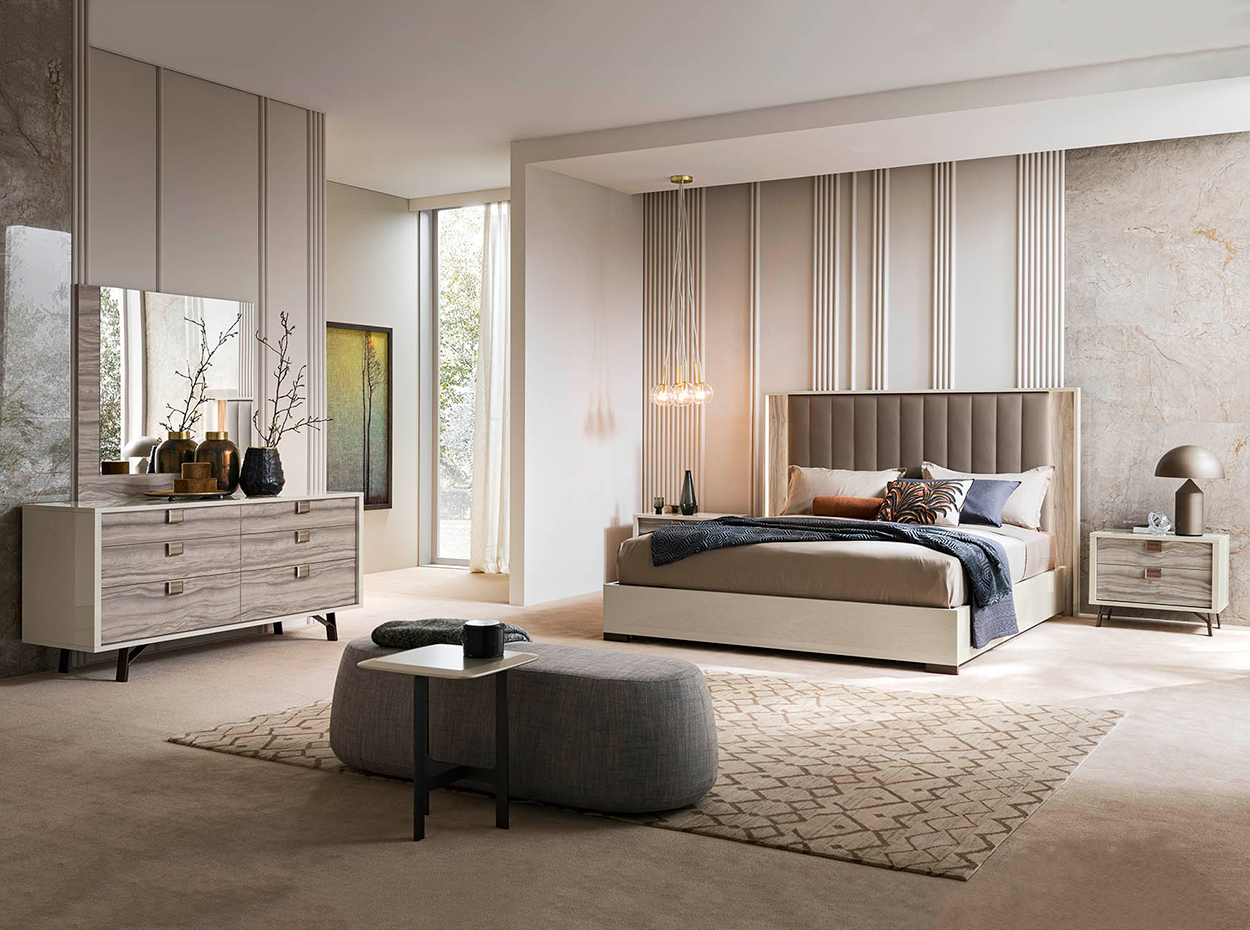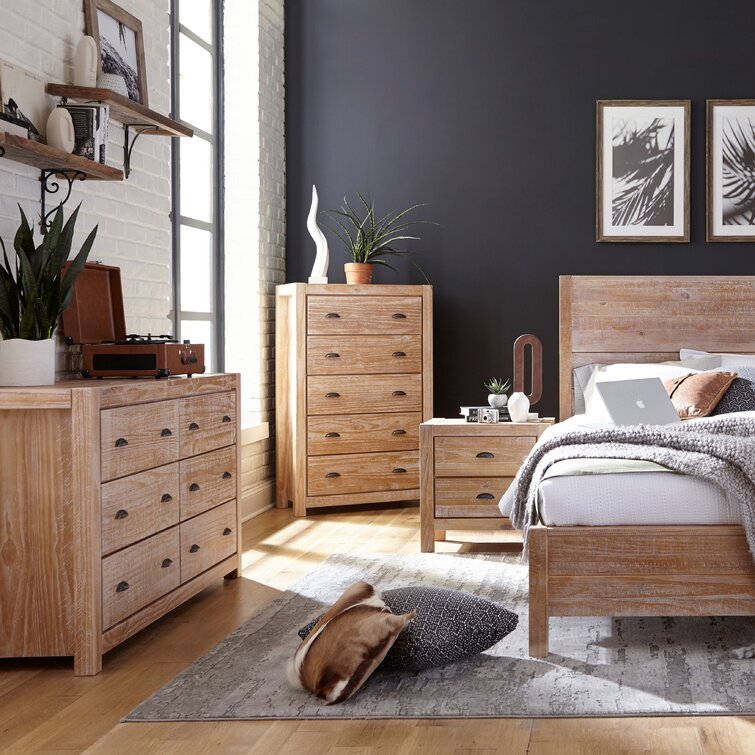Uncover Top Providers of Live Edge Wood Slabs New York: Find Your Perfect Fit
A Comprehensive Guide to Picking the Perfect Wooden Furniture for Your Interior Decoration Requirements
Picking the ideal wood furniture for your indoor design requires a cautious examination of various variables, including wood kinds, designs, and the intended functionality of each piece. By recognizing the differences in between softwoods and woods, as well as thinking about just how each thing incorporates with your existing decoration, you can produce an unified setting.
Recognizing Various Wood Kinds
When picking wood furnishings, comprehending the various sorts of wood is essential for making informed choices that straighten with both practical needs and aesthetic preferences (Live Edge Wood Table New York). The selection of timber substantially affects the furnishings's resilience, look, and general capability
Hardwoods, such as cherry, maple, and oak, are known for their strength and durability, making them excellent for high-use things like dining chairs and tables. Oak, for circumstances, uses a traditional look with its noticeable grain and is immune to put on, while maple supplies a smooth, clean finish ideal for modern-day designs.
Softwoods, including yearn, cedar, and fir, are lighter and commonly extra budget friendly. Pine is frequently used for rustic or farmhouse-style furniture because of its warm hue and convenience of modification. Cedar, with its all-natural resistance to degeneration, is often preferred for exterior furniture.
Furthermore, engineered woods, such as plywood and MDF, offer convenience and cost-effectiveness. While they might not have the same visual allure as solid wood, they offer exceptional stability and can be ended up to mimic the appearance of natural wood. Recognizing these differences can guide consumers in picking furnishings that meets both their design and useful demands.
Reviewing Style and Aesthetic Appeal

Following, evaluate the color combination of your interiors (Live Edge Dining Table New York). Lighter woods, such as maple or birch, can develop an airy, contemporary feel, while darker woods like mahogany or walnut might stimulate a feeling of warmth and elegance. Pay focus to the grain patterns, as these can enhance the visual interest of the furniture

Considering Functionality and Room
Performance and space are critical factors to consider in the selection of wood furniture, as they directly effect both the usability and total flow of an area. When examining furnishings options, it is necessary to evaluate exactly how each item will offer its desired objective while harmonizing with the readily available area - Live Edge Wood Table New York. An eating table must fit the dimension of the dining area and the number of occupants, making sure that it does not restrain or overwhelm the space activity.
Moreover, you can look here take into consideration the range and proportion of each item in connection to the room's dimensions. Extra-large furnishings can create a busy ambience, while undersized items might fall short to offer adequate functionality. Choosing for multi-functional furnishings, such as storage ottomans or extendable tables, can make best use of energy without endangering visual appeals.
In addition, the plan of furnishings need to facilitate simplicity of navigation throughout the space. Leave sufficient clearance around each item to promote a comfortable flow, particularly in high-traffic areas. By carefully taking into consideration functionality and room, you can choose wood furnishings that boosts both the functionality and visual appeal of your interior decoration, inevitably creating a harmonious living environment.
Maintenance and Care Tips
Picking the ideal wood furniture goes beyond just performance and space; it additionally requires a dedication to maintenance and care to make sure longevity and visual charm. Correct maintenance not just protects the architectural stability of the furniture however also boosts its visual beauty over time.
Begin by consistently dusting your wooden items with a soft, lint-free towel to get rid of dirt and protect against accumulation. For much deeper cleaning, utilize a moist cloth with a light soap remedy, ensuring you dry the surface area instantly to avoid wetness damages. It's crucial to stay clear of severe chemicals and rough materials, as they can remove the surface and mar the wood.
Furthermore, think about applying a high quality wood gloss or wax every few months to nurture the wood and maintain its sheen. This layer of defense can additionally aid guard versus spills and scratches. Be mindful of environmental aspects; stay clear of positioning furnishings in direct sunlight or near heat resources to prevent warping and fading.
Finally, without delay Get the facts deal with any kind of spills or discolorations by blotting them carefully as opposed to massaging, which could further damage the surface. With these upkeep techniques, your wood furnishings will certainly continue to be a stunning and you can try these out practical asset in your house for several years ahead.
Budgeting for Wooden Furnishings
Budgeting for wood furnishings requires careful consideration and preparing to make certain that your financial investment straightens with both your aesthetic aspirations and economic capacities. Begin by determining your overall budget, factoring in both the expense of the furnishings and any type of extra expenditures such as maintenance, setting up, and distribution.
Next, prioritize your demands versus desires. Identify vital pieces that will certainly serve useful functions in your space, such as dining tables, chairs, or storage solutions. Consider the design and quality; solid wood furniture normally regulates a higher price but offers longevity and resilience.
Research study numerous brands and retailers to contrast costs and workmanship. Maintain an eye out available for sale, discounts, and clearance things, which can offer substantial cost savings without compromising top quality. Furthermore, consider buying from regional artisans or local business, as they might use distinct styles at competitive prices.
Conclusion
In final thought, selecting the ideal wood furniture needs an extensive understanding of timber kinds, styles, and capability. Routine upkeep is essential to protect the beauty and longevity of wooden furniture.

In conclusion, choosing the best wood furnishings calls for a detailed understanding of timber types, styles, and functionality.